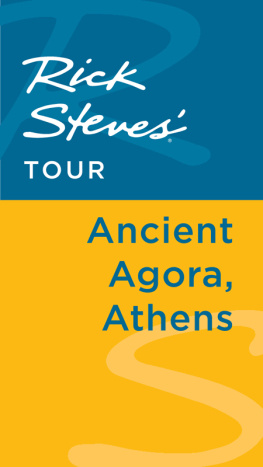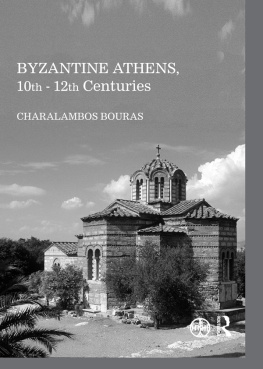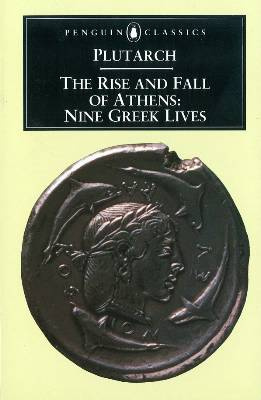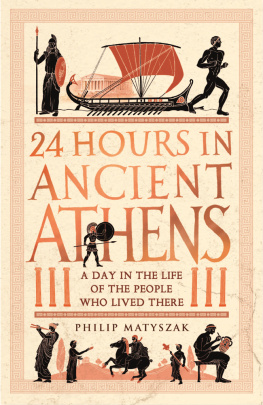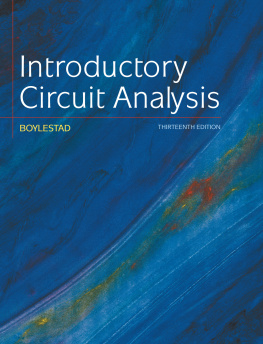Pitt Robert K. - The Ancient Circuit Walls of Athens
Here you can read online Pitt Robert K. - The Ancient Circuit Walls of Athens full text of the book (entire story) in english for free. Download pdf and epub, get meaning, cover and reviews about this ebook. City: Athens (Greece);Greece;Athens, year: 2020;2019, publisher: De Gruyter, genre: Science fiction. Description of the work, (preface) as well as reviews are available. Best literature library LitArk.com created for fans of good reading and offers a wide selection of genres:
Romance novel
Science fiction
Adventure
Detective
Science
History
Home and family
Prose
Art
Politics
Computer
Non-fiction
Religion
Business
Children
Humor
Choose a favorite category and find really read worthwhile books. Enjoy immersion in the world of imagination, feel the emotions of the characters or learn something new for yourself, make an fascinating discovery.

- Book:The Ancient Circuit Walls of Athens
- Author:
- Publisher:De Gruyter
- Genre:
- Year:2020;2019
- City:Athens (Greece);Greece;Athens
- Rating:3 / 5
- Favourites:Add to favourites
- Your mark:
- 60
- 1
- 2
- 3
- 4
- 5
The Ancient Circuit Walls of Athens: summary, description and annotation
We offer to read an annotation, description, summary or preface (depends on what the author of the book "The Ancient Circuit Walls of Athens" wrote himself). If you haven't found the necessary information about the book — write in the comments, we will try to find it.
The Ancient Circuit Walls of Athens — read online for free the complete book (whole text) full work
Below is the text of the book, divided by pages. System saving the place of the last page read, allows you to conveniently read the book "The Ancient Circuit Walls of Athens" online for free, without having to search again every time where you left off. Put a bookmark, and you can go to the page where you finished reading at any time.
Font size:
Interval:
Bookmark:
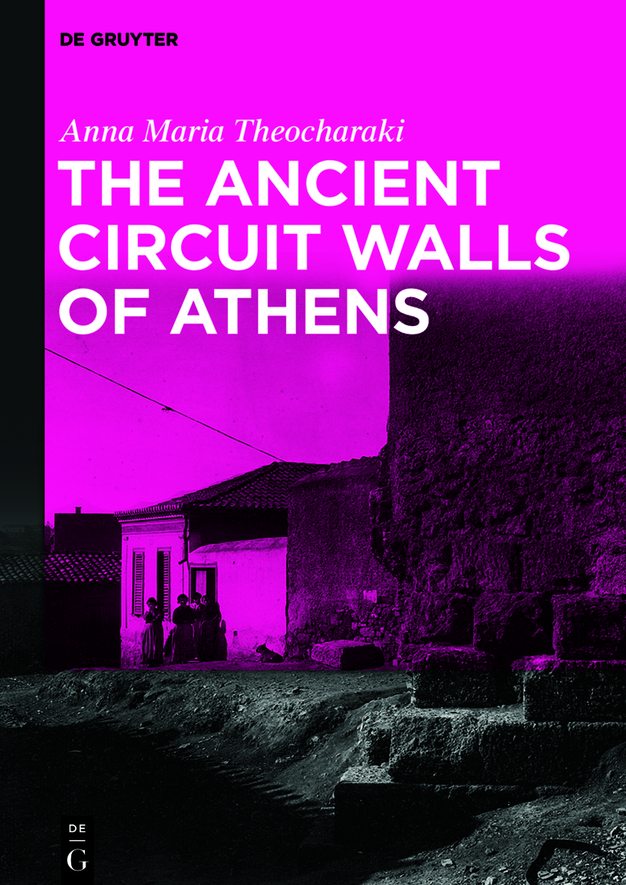
Anna Maria Theocharaki
The Ancient Circuit Walls of Athens
Anna Maria Theocharaki

ISBN 9783110633214
e-ISBN (PDF) 9783110638202
e-ISBN (EPUB) 9783110637069
Bibliographic information published by the Deutsche Nationalbibliothek
The Deutsche Nationalbibliothek lists this publication in the Deutsche Nationalbibliografie; detailed bibliographic data are available on the Internet at http://dnb.dnb.de.
2020 Walter de Gruyter GmbH, Berlin/Boston
More than 182 excavations carried out in Athens have brought to light various fragmented pieces of evidence that have created a concrete basis for the study of the ancient Athenian city-wall. The original length of the Themistoklean enclosure is estimated to be 6,400 meters, and so far, approximately 1,500 meters have been investigated. In the never-ending story of the walls discovery, year by year, new sections are being revealed within the fabric of the modern city, and every bit of information raises a new set of questions for further research. Every new section of the city wall that comes to light may not just reveal an additional piece completing the puzzle of an already-restored line, but also indicate a curve to an assumed straight line, or reveal the potential for an existing gate or postern, which may alter long-established interpretations of Athenian topography. Rescue excavations in Athens continue to be a constant challenge for ancient topography.
On the occasion of the English edition, oversights of the original Greek book have been corrected, the results of recent rescue excavations have enriched the content, and bibliographical references have been updated. The Catalogue of Sites includes archaeological information and data from volumes 6066 (2005-2011) of the Archaiologikon Deltion, and, as a result, new excavation sites have been added to the corpus of the English edition, whereas others were enhanced with new information. Moreover, further improvements and additions were made during the new mapping of the physical remains of the city wall. Otherwise, the English edition on the Athenian city walls remains essentially the same as the original one published in Greek.
In writing this book, I was fortunate to collaborate with field archaeologists who have revealed city-wall remains in the urban fabric for over five decades. I wish to warmly thank the Ephor Emerita Theodora Karagiorga for her enthusiastic support in this research. Special thanks are due to several archaeologists of the then First and Third Ephorates of Prehistoric and Classical Antiquities, who worked on the extremely demanding rescue excavations: Elsi Spathari, Ephi Lyngouri-Tolia, Gianna Tsirigoti-Drakotou, Eleni Banou, Tonia Kokkoliou, Tatiana Poulou, Niki Sakka, Eleni Servetopoulou, Nikos Tsoniotis, Maria Tsichli, Georgios Michalopoulos, Katerina Stamoudi, and Chara Charami, to whom I am grateful for sharing information on the results of rescue excavations conducted under their surveillance, often through visits to yet unpublished excavated sites.
I am deeply grateful to the late Charalambos Bouras, and to Vassilis Lambrinoudakis, Manolis Korres, Fani Mallouchou-Tufano and Angelos P. Matthaiou for their useful comments and advice on the earlier stages of this research and their profound knowledge of Athenian topography. Special thanks I owe to Jutta Stroszeck for sharing information on the particularities of the city wall remains in the Kerameikos.
Thanks are also due to Nikoletta Divani-Valakou for giving me access to the Administrative Archive of the Third Ephorate of Prehistoric and Classical Antiquities, which enabled me to study aspects of the state management regarding preserved remains of the city wall. Furthermore, I extend my gratitude to the Secretary of the Archaeological Society at Athens and Secretary of the Academy Vasileios Petrakos for granting me permission to study the Papers of Ioannis Threpsiades, John Travlos and Panagiotis Eustratiades housed at the Archives of the Archaeological Society at Athens. Also, to the staff in the Gennadius Library, the Agora excavations of the American School of Classical Studies, the German Archaeological Institute and the Secretariat of the Central Archaeological Council, I am thankful for facilitating my research in the respective Archives. The photographic material of the book has been enriched thanks to the permits granted by Marina Alexandris, Panagiotes Soukakos, Pavlos Kalligas and Paris Tavitian. I also owe special thanks to Eftychia Theodoridou, Stratis Stratigis and Theodoros Papadimitriou for their permission to visit sections of the city wall preserved in the courtyards of their private properties.
For their support during the process of collection and understanding of the archaeological material I thank my companions at the Dipylon society, Vanda Papaefthymiou, Leda Costaki and Maria Pigaki, as well as the team of the Dipylon society associates; in particular, Matina Lampraki for her meticulous work of regenerating the city wall map with old and new drawings. I thank the epigraphist Robert K. Pitt, who translated the Greek edition and has been a unique companion in this effort, for his consistency and utmost diligence. Finally, working with the editors at DeGryuter has been an outstanding experience.
The book is dedicated to the Dipylon society team.
Fortifications were a constituent element of ancient Greek cities. The walls provided security against enemy attacks, symbolizing at the same time the power of the city. Nowadays, their physical remains are witness to an enormous and costly public work of antiquity, indicated by the impressive size of the walls, their extent, and their solid and durable structure. At times of peace, the course of the wall determined the boundaries of the asty, and the gates provided the primary channels of communication. Occasional sieges caused disasters that are often detected by archaeological research in the remains of the walls, showing the walls to be witnesses of significant events of the city. As a vital element of topography, the fortification was inseparably bound with the history of Athens more than any other ancient monument.
This book attempts to approach the history of the Athenian fortification walls from the time of their construction up to their state of preservation today. The investigation begins with the written sources that contain references to the wall built by Themistokles at the beginning of the 5th century B.C., until the walls reinforcement during the time of Justinian in the middle of the 6th century A.D. The work continues with the testimonies of Western travellers who visited Athens and searched for the ancient remains of the city wall, depicting them on maps that accompanied their writings. The results of archaeological investigations carried out from the mid-19th century onwards would gradually reveal the general course of the wall. This study then investigates all the preserved physical remains in todays Athens. Such a comprehensive overview may contribute on the one hand to the systematic classification of the elements of research, that so far have remained scattered and fragmented, and on the other hand to the re-examination of issues concerning the chronology, structure and topography of the ancient walls, as well as to the management practices conducted by state authorities in regards to the preservation of the remains.
Font size:
Interval:
Bookmark:
Similar books «The Ancient Circuit Walls of Athens»
Look at similar books to The Ancient Circuit Walls of Athens. We have selected literature similar in name and meaning in the hope of providing readers with more options to find new, interesting, not yet read works.
Discussion, reviews of the book The Ancient Circuit Walls of Athens and just readers' own opinions. Leave your comments, write what you think about the work, its meaning or the main characters. Specify what exactly you liked and what you didn't like, and why you think so.


